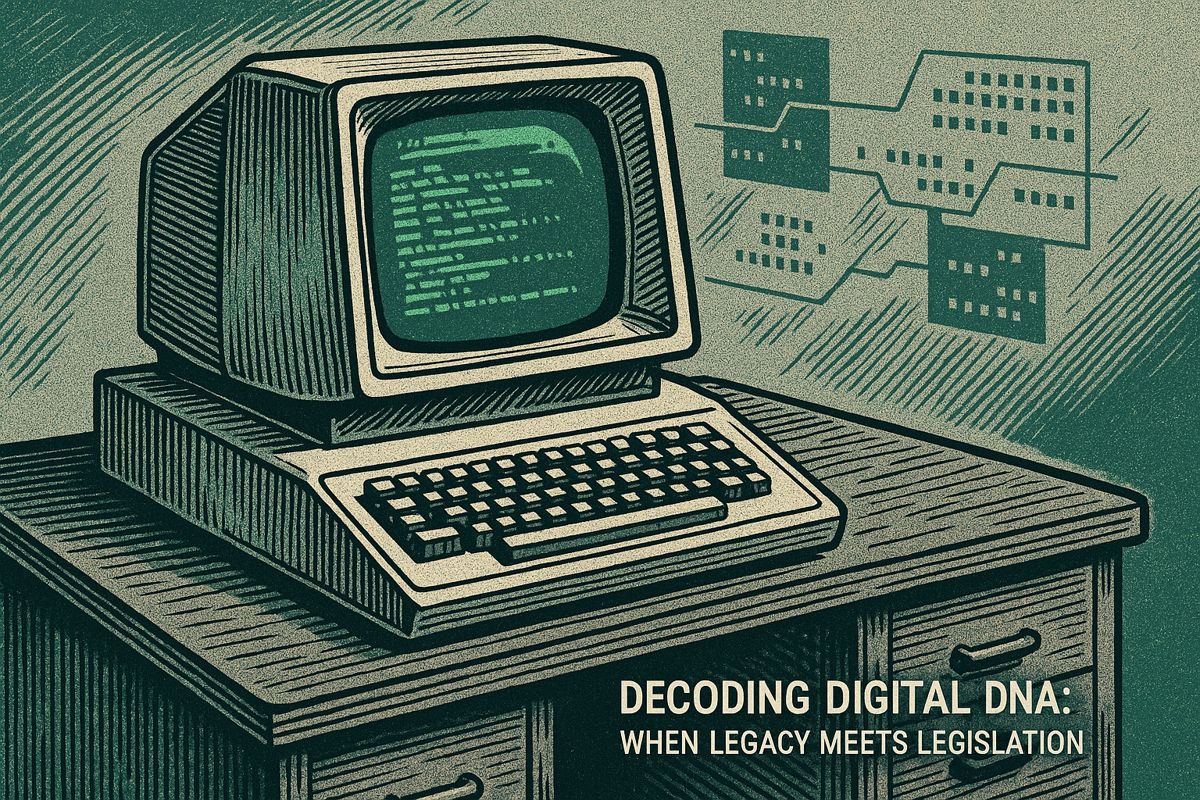In 2025, businesses can quickly create smart AI assistants by first deciding exactly what they need the assistant to do. Easy-to-use tools let people build helpful bots without needing to code. Choosing the right tool from the start saves a lot of time, and automating steps makes the assistants work smoothly inside company systems. Good prompt writing makes these bots much smarter, while strong privacy and ethical rules keep company and customer data safe. Quick updates and listening to feedback help these assistants get better and safer over time.
How can enterprises quickly build secure and effective AI assistants in 2025?
Enterprises can now build AI assistants in days by clearly defining their assistant’s purpose, choosing the right no-code or low-code platforms, automating workflows, engineering effective prompts, prioritizing data privacy, iteratively improving based on feedback, and incorporating strong ethical safeguards.
Begin any AI-assistant project with a crystal-clear statement of purpose: do you need a coding co-pilot, a customer-support bot, or a personal scheduler? That single sentence guides every later choice, from model size to privacy settings. Non-technical creators now launch fully functional assistants in under an afternoon thanks to no-code and low-code platforms such as Aider, Cursor, and Windsurf, which abstract away Python scripts in favor of drag-and-drop logic blocks.
Tool selection in 2025 feels more like browsing an app store than compiling source code. GitHub Copilot X, Amazon CodeWhisperer, and the JetBrains AI Assistant each excel in different niches, while open APIs like OpenAI Codex let power users stitch together custom pipelines. A quick comparison matrix published by ZestMinds shows that projects choosing the “right-fit” tool at the start reduce iteration time by 34 percent compared with teams that switch engines mid-stream.
Once the backbone is running, workflow automation turns snippets into systems. Modern assistants integrate directly into IDEs, issue trackers, and cloud dashboards, enabling cross-language development, documentation generation, and one-click deployment. Automated code-review bots such as Graphite’s Diamond scan pull requests, flag style drift, and surface security issues hours before a human reviewer opens the file.
Customization hinges on prompt engineering, now recognized as the decisive skill of 2025. A single well-crafted prompt can cut hallucination rates by half and boost task completion scores from 62 percent to 91 percent in internal benchmarks run by Pragmatic Coders. The most effective prompts blend persona instructions, example outputs, and guardrails in three short paragraphs, then iterate weekly based on user feedback.
Data privacy must be architected in, never bolted on. Leading services encrypt traffic with TLS 1.3, store data with AES-256 at rest, and apply field-level masking before any text reaches third-party models. Tencent Cloud’s recent audit revealed that assistants using end-to-end encryption reduced sensitive-data exposure incidents to zero across a six-month pilot of 4,200 developers.
Iterative development beats perfectionism. Teams releasing updates every two weeks report 48 percent higher user retention than those on quarterly release cycles. Each loop should capture usage metrics, sentiment scores, and edge-case logs, then feed that data into refined prompts, tighter privacy rules, and expanded workflow triggers.
Ethical considerations run parallel to each sprint. Explicit user consent banners, transparent model-cards, and optional “human-in-the-loop” review steps are now baseline requirements, especially in regulated sectors. The EchoLeak vulnerability discovered in Microsoft 365 Copilot last winter served as a reminder that new attack surfaces emerge whenever AI touches encrypted chat histories.
By balancing capability with responsibility, creators in 2025 can move from idea to fully personalized assistant in days, not months, while still meeting enterprise-grade security and ethical standards.



















